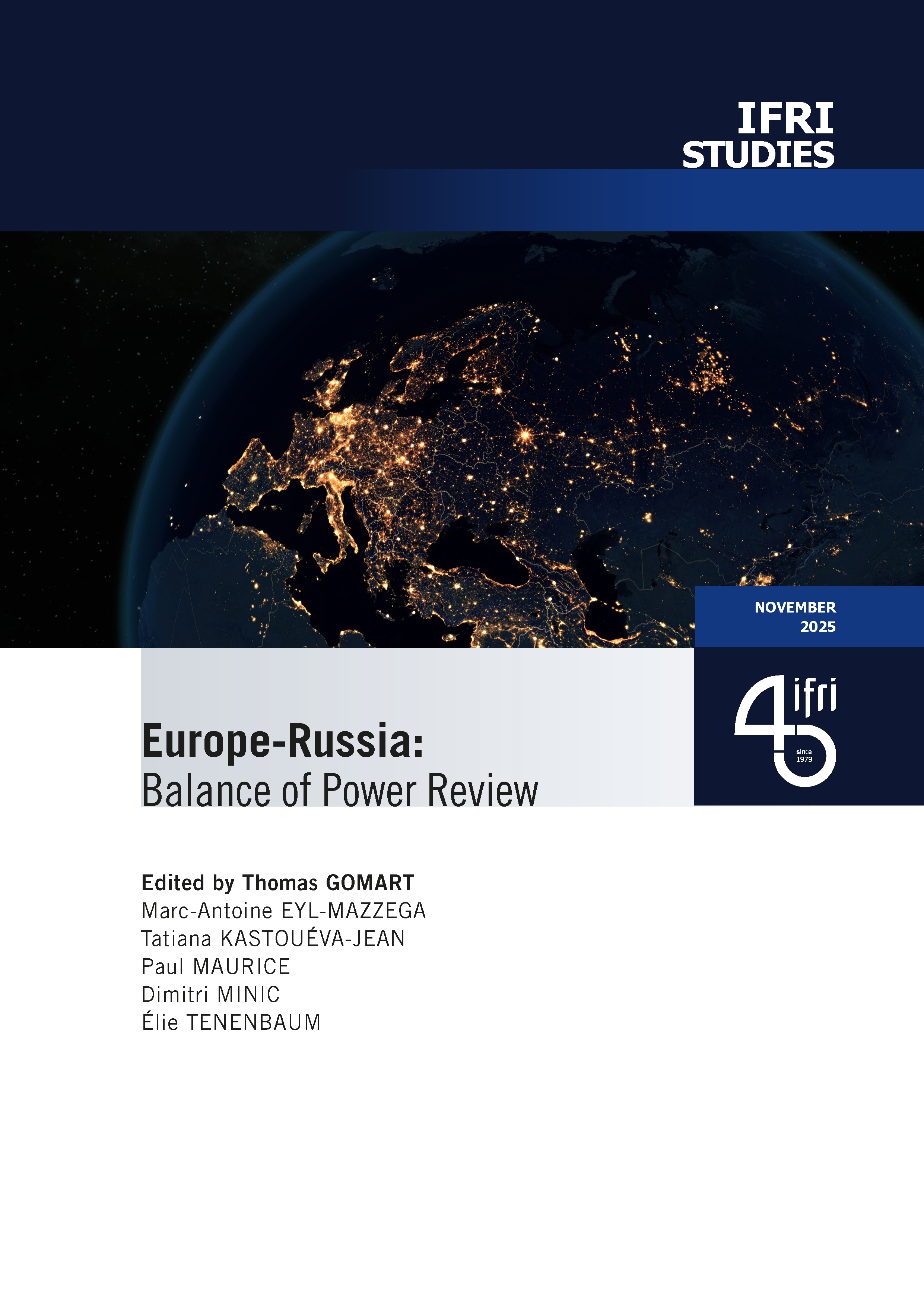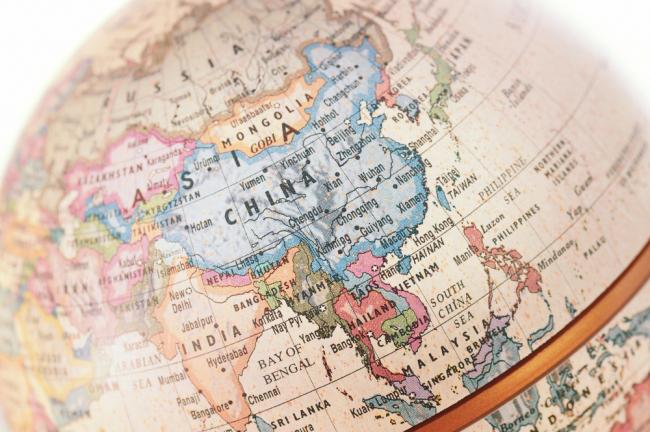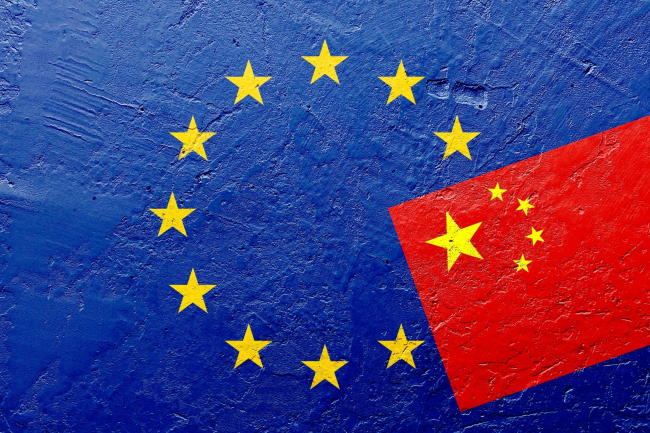Catching Up or Staying Ahead. Japanese Investment in the Mekong Region and the China Factor
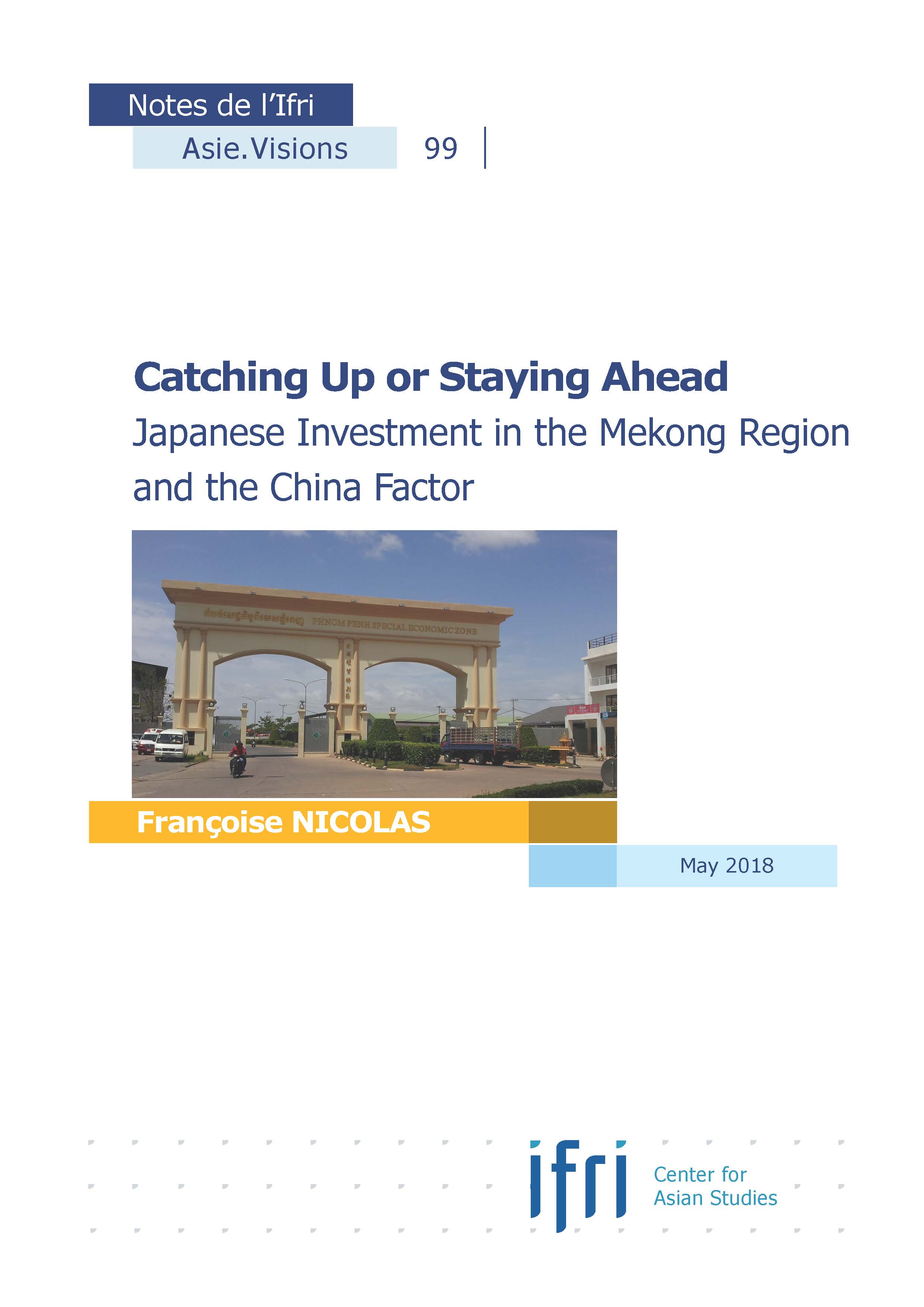
There is no denying that the Mekong region has become an economic battleground where Japan and China are competing to gain and sustain economic influence in the region.
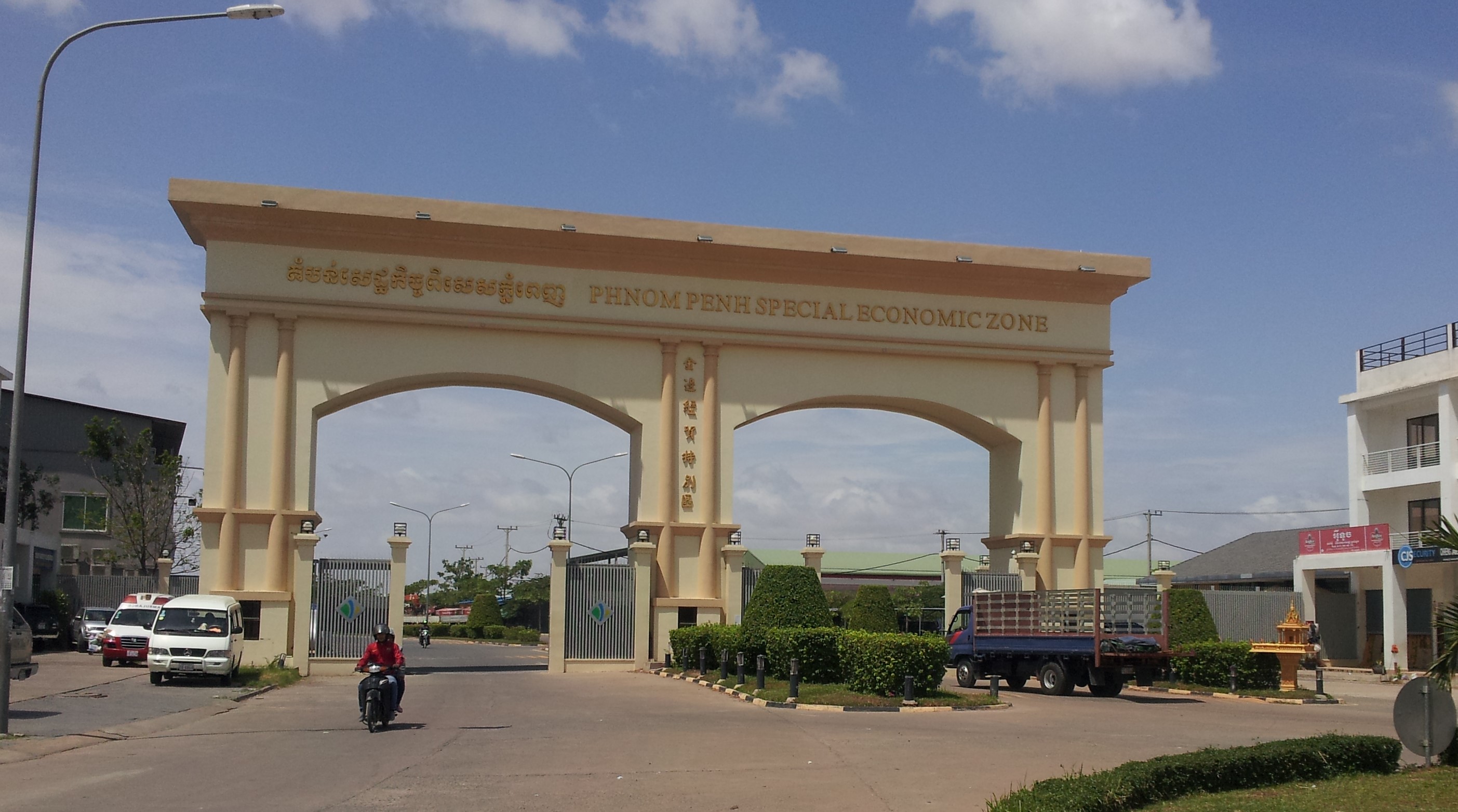
However, each country has managed overall to create or maintain its own sphere of influence in the so-called CLMV (Cambodia, Laos, Myanmar and Vietnam) thus reducing the risk of direct head-to-head competition. Even within one single country, Japan and China tend to be involved in different areas, in different types of activities and through different instruments, thus avoiding real confrontation. Japanese investment in the CLMV exhibit a number of characteristics that set it apart from Chinese investment.
First, a major feature of Japanese investment in the CLMV is its concentration in Special Economic Zones. Secondly, in addition to cheap labor, some Japanese firms also seek to make the best of Cambodia’s and Lao’s proximity to Thailand, following the so-called Thailand+1 strategy, and transferring the most labor-intensive part of their production process to countries where labor is much cheaper than in Thailand. Indeed, as the historical basis of production for Japanese companies, Thailand lies at the heart of vertically integrated regional production networks. Thirdly, Cambodia, Lao PDR, Myanmar and Vietnam are not exclusively perceived by Japanese investors as potential sources of cheap labor. Due to the rise in their GDP per head over the past few years, they are also increasingly perceived as potential markets.
Infrastructure development is arguably the area where competition, between Japan and China is most direct in the Mekong region. Japanese companies and government agencies have had a long head start in infrastructure investment in the region. In particular, ODA-backed infrastructure clearly helped Japanese manufacturing companies to construct production networks on the basis of division of labor among different countries.
In an effort to better connect its southern provinces to the Mekong region, which constitutes a natural backyard, China has also recently engaged in infrastructure investment, and even more so over the past few years in the context of the recently launched Belt and Road Initiative (BRI). As a result, the Mekong region has become a battleground between the two big regional powers.
Behind economics, however, the two countries are also competing for political influence, and their commitment to development promotion, and in particular to infrastructure development, may be instrumentalized with strategic objectives in mind. While Japan’s interest in assisting infrastructure development in the region is nothing new, the country’s approach has apparently changed under China’s pressure and has become more “strategic” and to a large extent “politicized”. This is perhaps where the impact of the China factor has been the largest on Japan’s stance vis-à-vis the region.
Web interactive version of the report (click here to access the whole presentation)
Download the full analysis
This page contains only a summary of our work. If you would like to have access to all the information from our research on the subject, you can download the full version in PDF format.
Catching Up or Staying Ahead. Japanese Investment in the Mekong Region and the China Factor
Related centers and programs
Discover our other research centers and programsFind out more
Discover all our analyses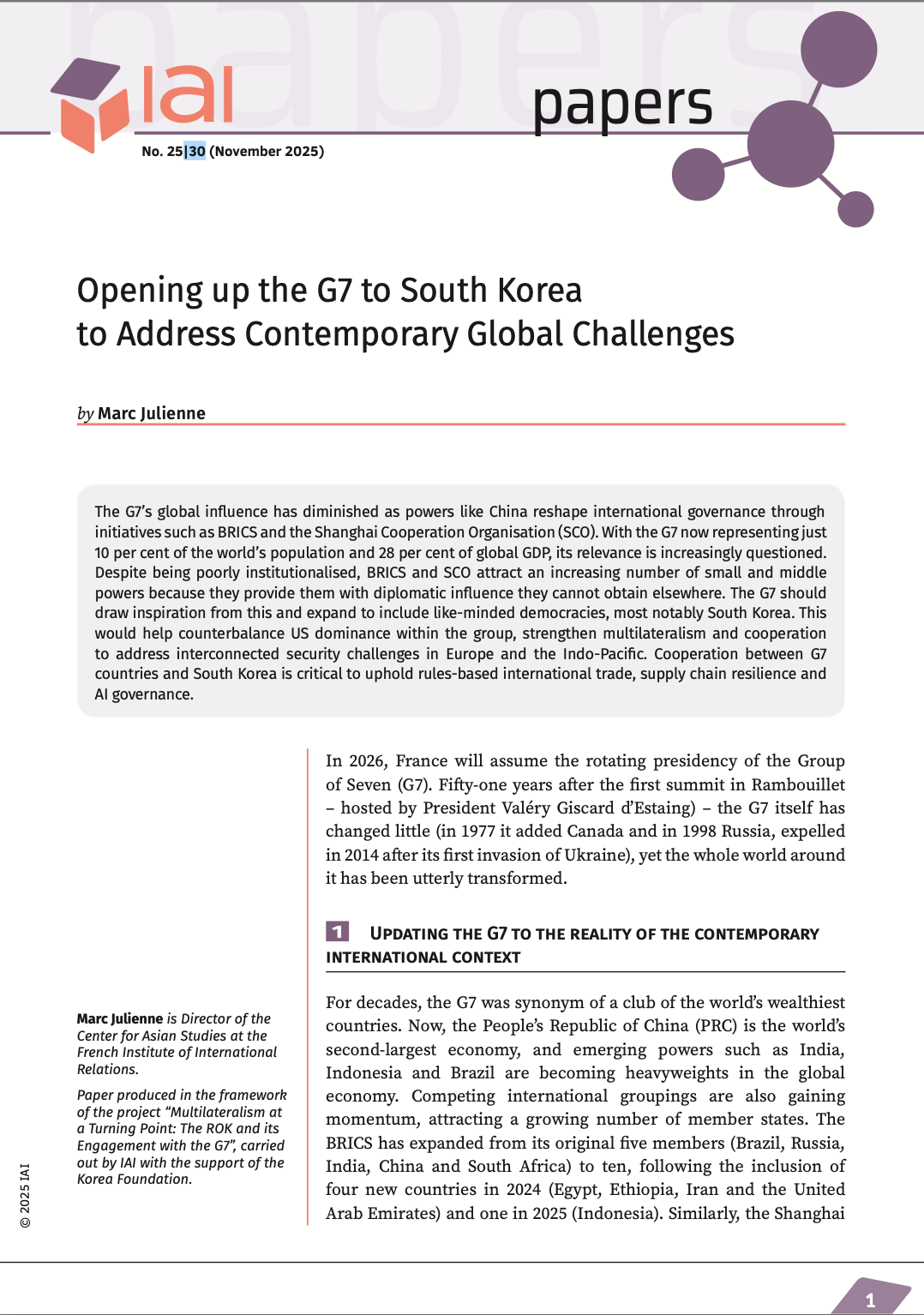
Opening up the G7 to South Korea to Address Contemporary Global Challenges
The G7’s global influence has diminished as powers like China reshape international governance through initiatives such as BRICS and the Shanghai Cooperation Organisation (SCO). With the G7 now representing just 10 per cent of the world’s population and 28 per cent of global GDP, its relevance is increasingly questioned.
Expanding SPDMM as a pivotal institution in the Pacific – A French perspective
The South Pacific Defence Ministers’ Meeting (SPDMM) is the only forum that brings together defense ministers from the wider South Pacific — including Chile, which is hosting it for the first time. This heterogeneous group of countries with varying resources, capacities, and interests — Australia, Chile, Fiji, France, New Zealand, Papua New Guinea (PNG), and Tonga — are united by their shared determination to strengthen cooperation on maritime security and humanitarian assistance and disaster relief (HADR) activities.
EU’s Derisking From China: A Daunting Task
With economic security as a major concern, the EU has recently turned to “derisking” from China. The EU strategy entails reducing critical dependencies and vulnerabilities, including in EU supply chains, and diversifying where necessary, while recognizing the importance and need to maintain open channels of communication.
Sri Lanka’s NPP Government. From System Change to Structural Compliance
In September 2024, a relative outsider to Sri Lanka’s two-party-dominated political system, Anura Kumara Dissanayake, won the presidential elections. The anti-establishment, populist movement he represented, the National People’s Power (NPP), went on to receive an overwhelming mandate in the November 2024 general elections, winning 159 seats in a 225-member parliament.


